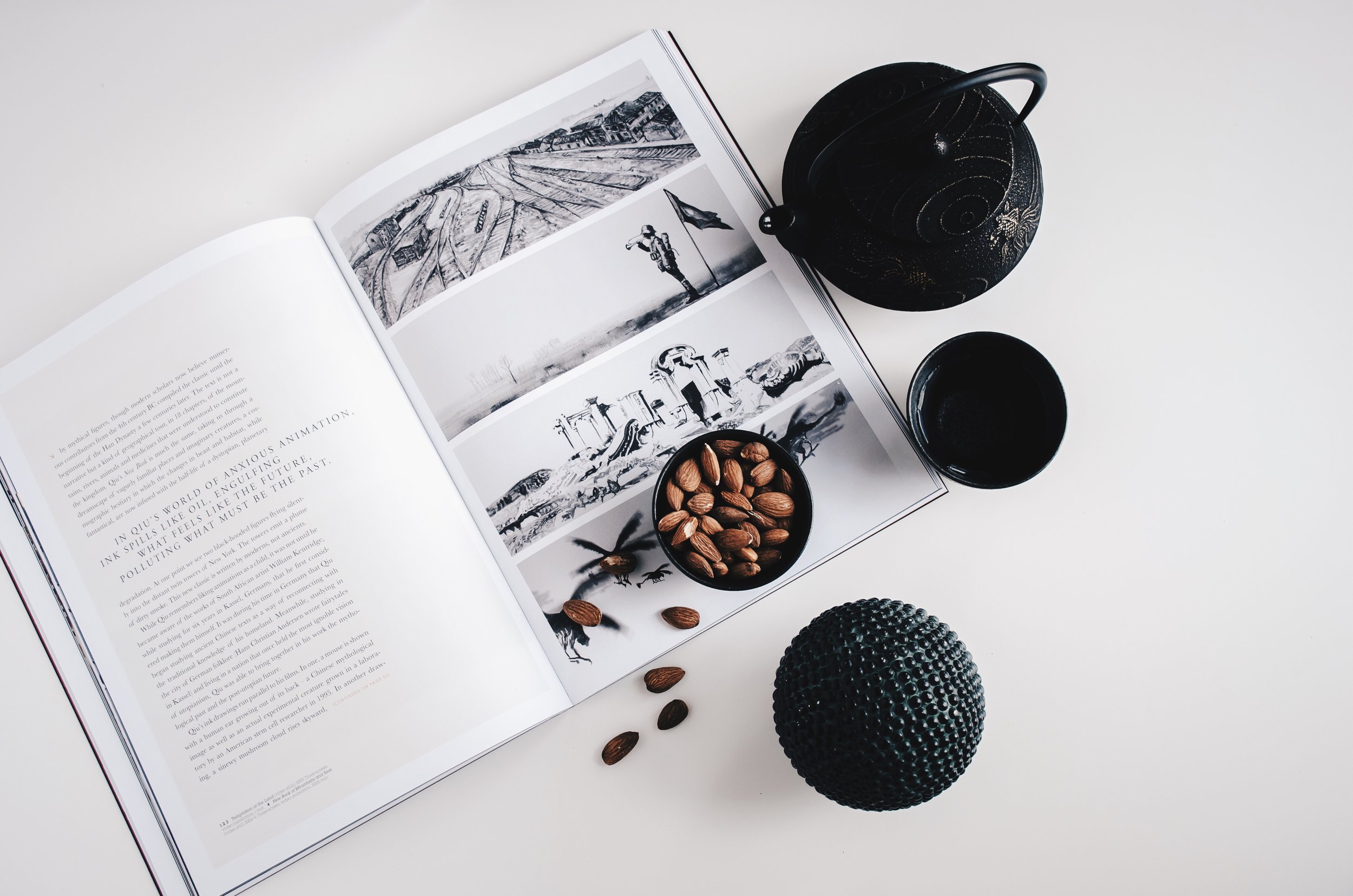Achieving Better Photos for your Blog
Most bloggers are good at blogging. They’re subject experts or aficionados who want to provide quality information to their readers. But, alas, no one is perfect. Where many bloggers run into trouble are with blog pictures. Not all blog or content writers know how to shoot eye-catching photos for their blog. Worse, poor quality pictures are likely to lose readers or followers.
Not all is lost - nor do you have to purchase stock photos. Here are some valuable tips for the photography-challenged blogger.
What Is A Good Photo?
If we momentarily set aside from consideration the technical elements of a photo, here are two fundamental questions to ask yourself when trying to decide if a picture is worthy of being posted on your blog:
- Is the image exciting or captivating enough to draw in your blog’s readers (viewers) for a closer look?
- Does the image evoke emotion - such as awe or joy, even disgust or horror?
Hopefully, you said yes to both of these questions because then you are likely doing something right. Two of the most important things a picture can do is capture the viewer's attention and evoke emotion. Why would anyone want to look at a dull picture lacking in feeling?
However, if said no in response to the two questions, or you remain unsure what constitutes good photography, read on. Let’s delve a bit deeper into how to create unique blog photography.
Shooting Great Blog Photos:
Fabulous pictures are a critical part of the "what-makes-a-blog-picture-great" equation. Interest and emotion are the cornerstones of great photography and should be your end game as a talented blogger. However, the overall composition is also critical. There are several technical factors needed to ensure: focal point, color, light, and the rule of thirds.
Technical factors needed for good blog photography:
- Focal point: If someone looks at your image, will they be able to immediately identify the focal point? Do their eyes land immediately on something? (The focal point is often the subject of the picture or one of the subjects.) When you’re shooting a blog photo, think critically about what should be the image's focal point and how it relates to your post's content. The focal point can provide meaning and context for your blog post.
- Rule of Thirds: This is one of the most critical elements of great photography. Imagine the picture or scene divided first into three vertical sections then three horizontal parts - like a tic tac toe board or grid forming nine perfect squares. For more visually exciting pictures, place your focal point off-center using the grid as a guide. That’s the rule of thirds and for better photography, you should practice and perfect it.
- Light: Even the most experienced and professional photographer will take advantage of natural light whenever possible. You should as well, particularly, as an amateur photographer. If necessary, move your focal point into the light cast from a window. It helps you avoid the complications of using flash photography and dealing with unwanted shadows and tricky exposure issues. Natural light is less likely to wash out your image in the bright light of a flash. Instead, natural light tends to cast a warm glow making it easier to achieve great color saturation.
- Color: Colors affect the overall look and mood of an image. Getting it right matters considerably. The best colors to draw the eye and evoke energy and depth are warmer colors such as yellow, red, and orange. Cooler colors - such as purple, blue, or green - tend to recede into the background and convey a sense of calm or peace. If you want more vibrant and emotive photography, stage your pictures so that warmer colors take center stage. Not only will they capture the eye more efficiently, they also enhance the mood of your image. (This is not to say that there is a place for cooler colors in photography. Some images will lend themselves better to using cooler colors for effect and mood.) The best hours to shoot are at sunset and sunrise to make the best use of the most vibrant hues of natural light. Keep in mind, that most photographers usually need to shoot hundreds of pictures to get one with the color just right. Luckily, digital photography makes it cheap and easy to keep shooting.
A Great Blog Photo:
In a literal sense, a great blog photo will capture the reader’s eye and interest through some level of evoked emotion. To do that, it must also combine the technical elements. It sounds more complicated than it is. With some practice, you can perfect your blog photography by using the same critical eye and thinking you use to write great blog content.
Put yourself in the reader’s place. Would the picture use capture your interest? Is it attractive with vibrant color or does it use cooler colors smartly for interest?
Bottom line: does that particular image enhance your blog post?
Product photography editing made easy and simple with BeArt Product Photography Enhancement Lightroom presets and brushes. This collection is your toolbox to enhance and retouch any issues that you may find in your product photos. In this collection you'll find Lightroom presets and brushes for exposure fixes, color corrections, finishing touches and more.











